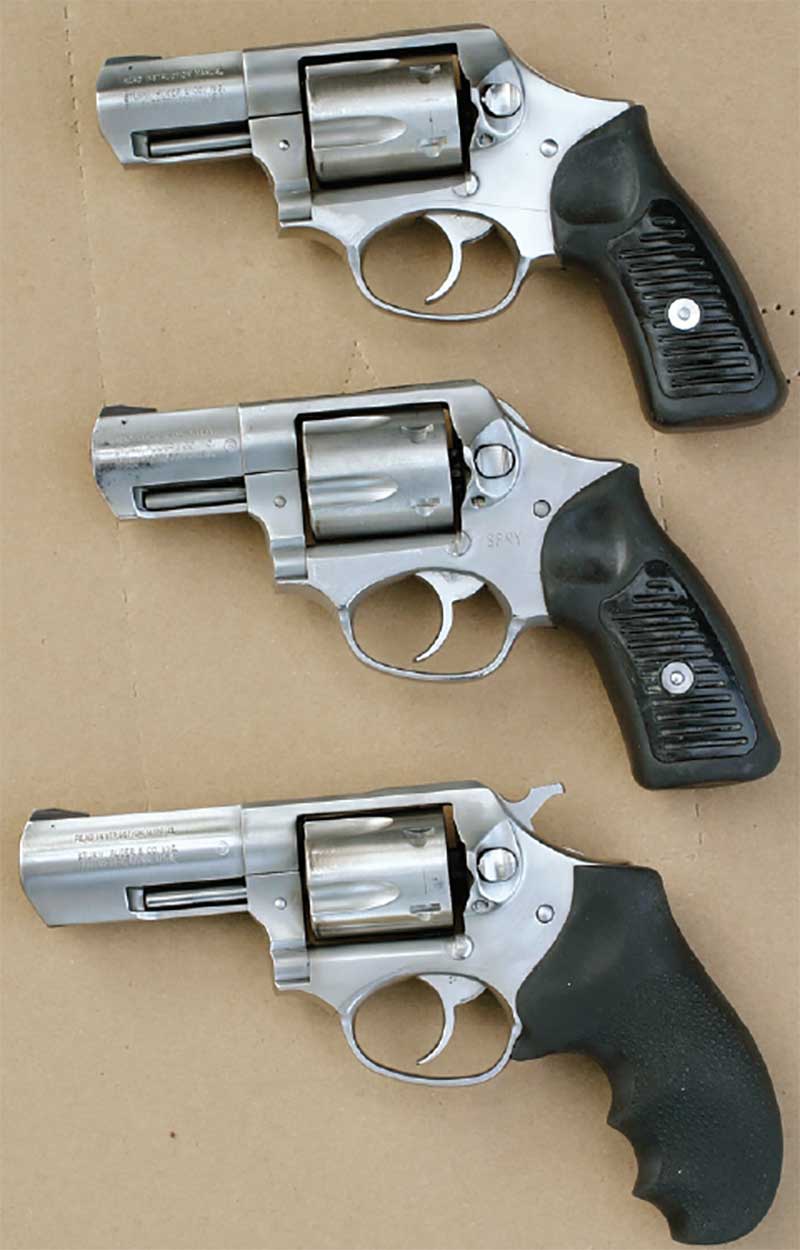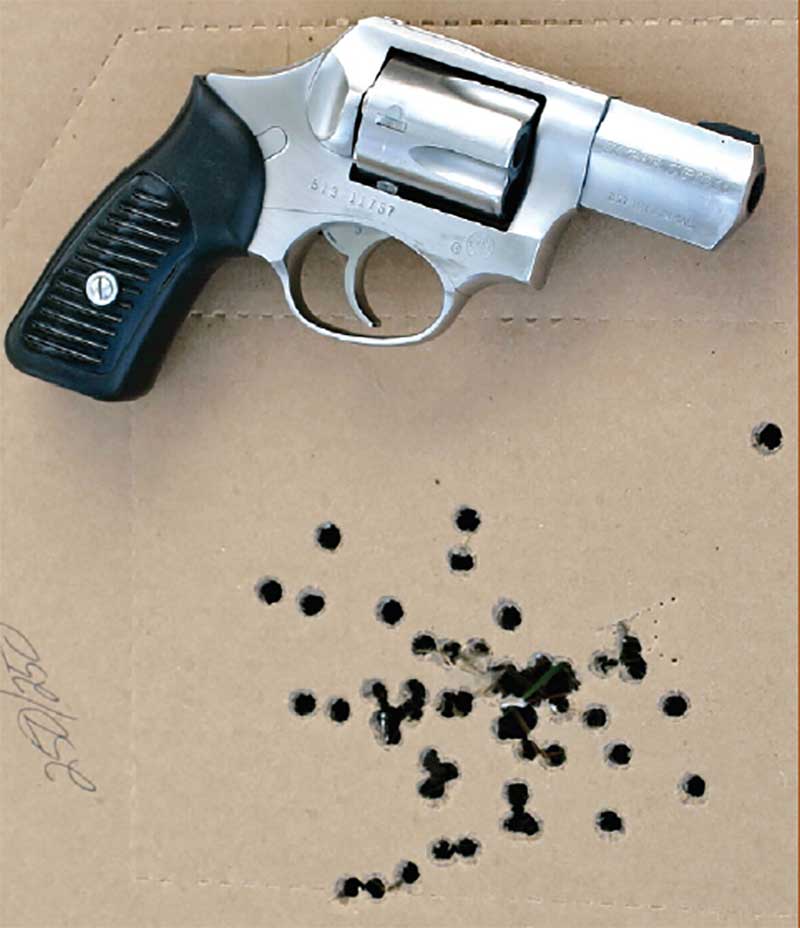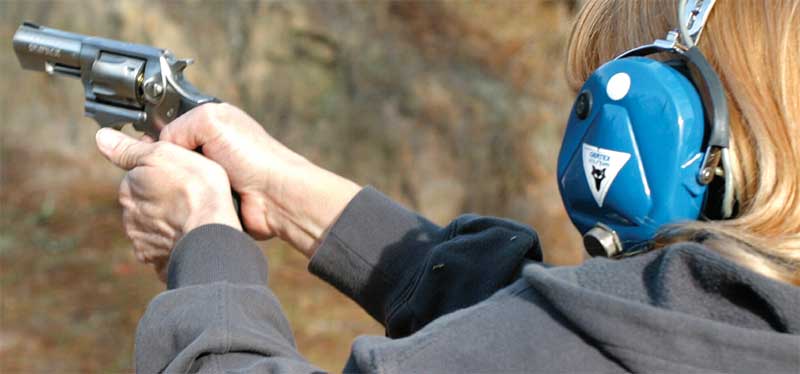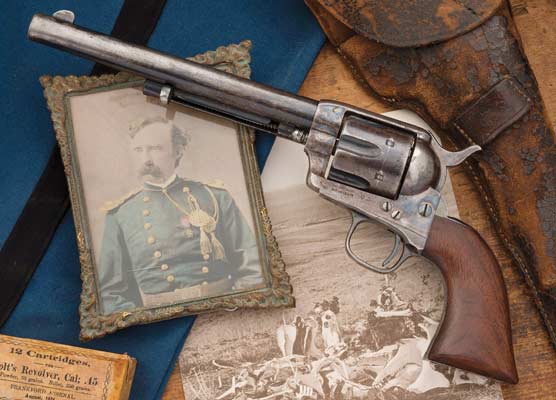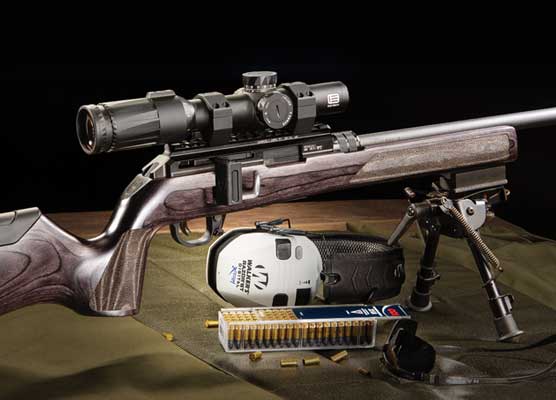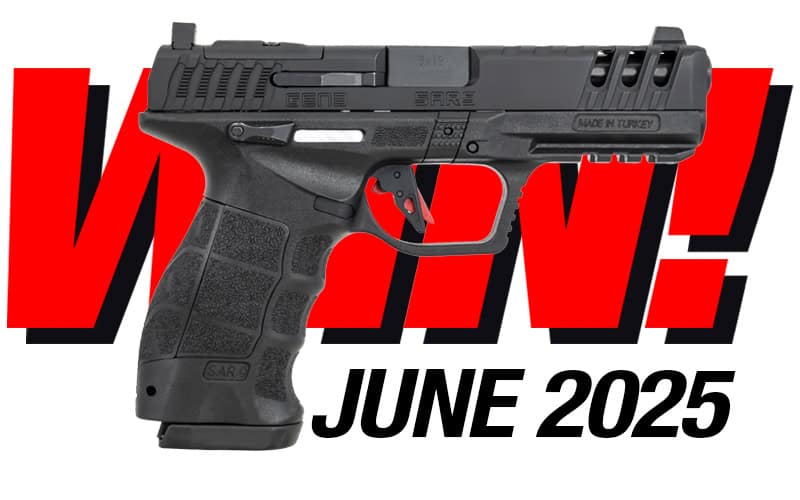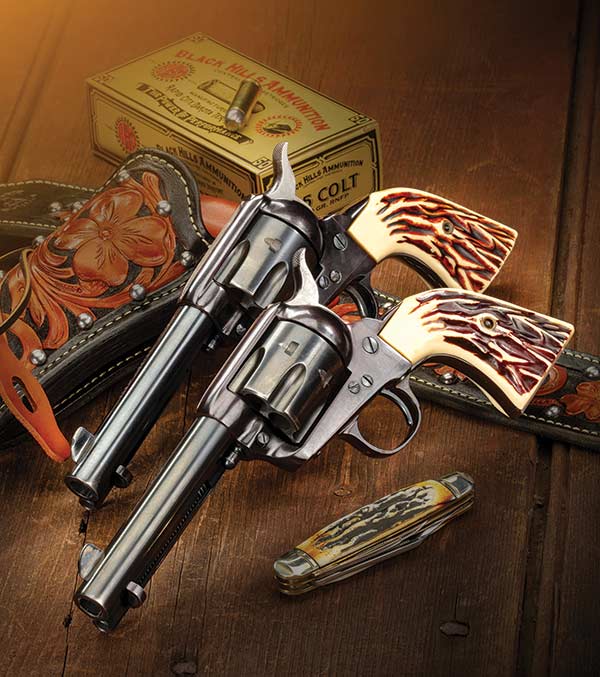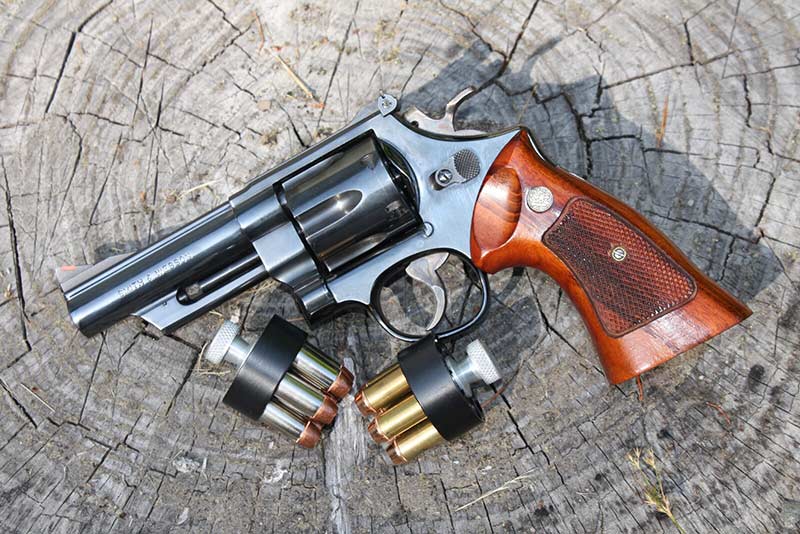THE REDOUBTABLE RUGER SP101
Unusually Rugged For Its Size
One Sunday recently, I joined four friends for shooting practice on a private range. As the hardware came out, I noticed something interesting: three of the four of us had Ruger SP101 revolvers in our gun bags. Each in a different caliber, but each the same rugged little handgun at its core.
I shouldn’t have been surprised. All of us were serious shooters. When you look up threads related to the SP101 on the Internet gun boards, you find its fans are the ones who don’t just carry guns, but shoot their carry guns a lot. And the Ruger SP is, most definitely, a shooter’s gun.
Caliber Changes Character
The SP101 has been chambered for five different cartridges as I recall. As Jeff Cooper used to say, it’s about the missile more than the launcher, and in each caliber the revolver takes on a different character.
The .38 Special was the original chambering when the SP101 was introduced in 1988, and brother shooter Jon had a copy, one of the SPNY models built expressly for backup, off-duty and detective use to the specifications of the New York City Police Department.
With a 5-shot cylinder in a frame roughly the size of the 6-shot Colt Detective Special (and usually fitting a Detective Special holster), this little Ruger is probably the strongest small-frame .38 ever made. However, at 25 ounces of stainless steel, the market saw it as heavy for a .38 and sales were good, but not great.
The .357 Magnum proved to be the natural caliber for the SP. Rick Devoid rechambered one for me, and we con-firmed the gun was amply strong for the Magnum round and its cylinder just the right length for the 125-grain JHP, the best .357 combat load. One day over a meal, I was able to convince Bill Ruger, Sr. one on one to offer it in that caliber.(See “Ruger & His Guns” by R.L. Wilson, Simon & Schuster P.193.)
To stay with the .38-size cylinder window, it would need short cartridges, so the first SP101 .357s were stamped on the barrel “125 grain.” Sales immediately took off, and Bill decided it would be worth the six figures of re-tooling to extend frame and cylinder a 1/10″ or so to allow all factory .357 Mag rounds. Turns out it was worth the effort — .357 has been the SP101’s best selling caliber ever since.
The 9mm Luger is a round for which Ruger had chambered revolvers at the request of the European market and fellow shooter Gail had one along, with 31⁄16″ barrel. Very fast to load with its 5-shot moon clips, it’s not nearly as “snappy” to shoot with hot Parabellum rounds as a .32-frame 9mm wheelgun, yet it’s almost as concealable. Unfortunately, it’s no longer available in this caliber.
All of the above are five shooters. Six-shot cylinders come with the SP101 in .32 H&R Magnum and .22 Long Rifle. Both are exquisitely accurate little trail pieces of the “kit gun” genre, and each can be had with a 4″ barrel, unlike the defense calibers. I’m told they’ve also been made in .22 Magnum, but have never personally seen one. The 6-shot, smaller caliber models also come with sights adjustable for windage.
As noted, this is a solid little gun. It doesn’t have a very high bore axis, and its weight tends to sit forward in the hand. The shape of the frame creates a built-in grip adapter and from the beginning it has had what Bill Senior called “those damn ‘live-feel’ grips.” Soaking up recoil well, they don’t catch on fabric and compromise concealment like most aftermarket “rubber grips” because they have non-tacky side panels. The soft stuff is where it needs to be: between the palm and the web of the hand, and the recoil source. If you want more cushioning than that, Hogue’s grip for the SP101 isn’t much bigger than the factory unit.
Fine Grip
Where most small-frame .38s have painful recoil with +P ammo, the SP101 handles “kick” so well +P is pleasant to shoot. All-steel S&W J-frames are painful to fire with full-power .357 Magnum, and the light-weight Scandium models are excruciatingly so. The SP101 with the same Mag loads is generally somewhere between “not too bad” and “exhilarating,” depending on the individual shooter’s recoil tolerance.
The rear sight notch is wide and deep, the front sight big enough to see, and this comprises what’s probably the best out-of-the-box sight picture of any small frame concealment revolver ever produced with conventional fixed sights.
This and a smooth double action trigger pull with even resistance all the way through makes the SP101 eminently “shootable” in the human hand. From the machine rest, the SP101 doesn’t just group like a service revolver — it groups like a target revolver, especially with match-grade loads such as Federal’s 148-grain Gold Medal .38 wadcutter.
Durability is the SP101’s long suit. In a world where some steel-frame .38s in the same size range are not rated for .38 Special +P, this gun is engineered strong enough for the dramatically more punishing .357 Magnum. In almost 20 years, I’ve never met anyone who shot an SP101 loose or broke it, no matter how much hot ammo they ran through it.
Modest Collection
One could build a small collection of the numerous variations with 21⁄4″, 31⁄16″ and 4″ barrels. The various calibers and a couple of different factory grip variations would complete it. Conventional spur hammer, the early “rowel” hammer championed by the late Ruger exec Steve Vogel, the round-back DAO hammer of the SPNY variation (complete with checkered cocking stub at tip of hammer, useless on the New York guns which had no single action cocking notch internally), and the sleek spurless hammer currently optional. And, of course, there’s that small number of “125 grain”-marked .357 specimens.
A working gun for the serious shooter, the Ruger SP101 is a purpose built revolver and serves extremely well for the most serious of those purposes.

Get More Revolver Content Every Week!
Sign up for the Wheelgun Wednesday newsletter here:
